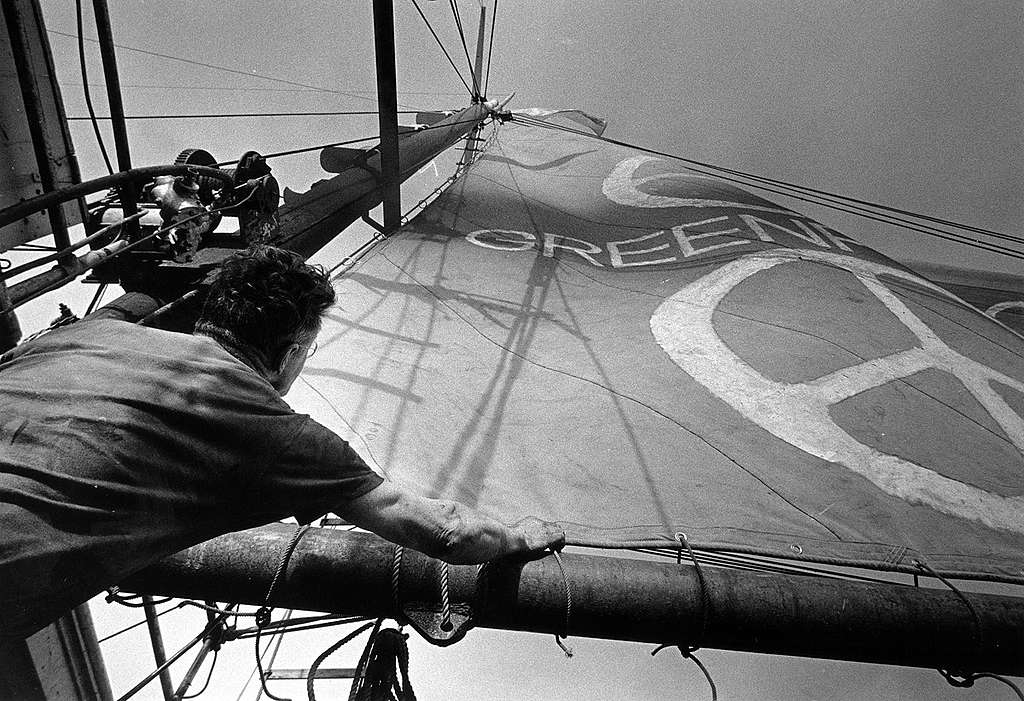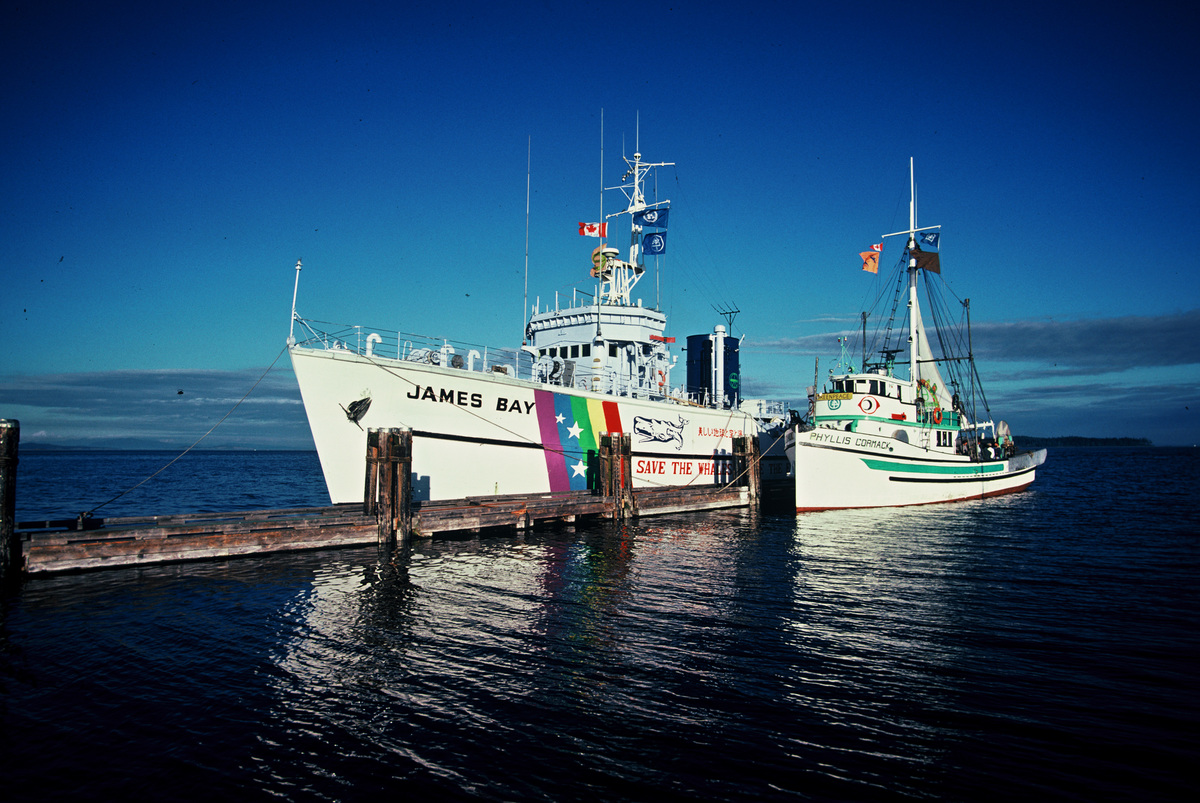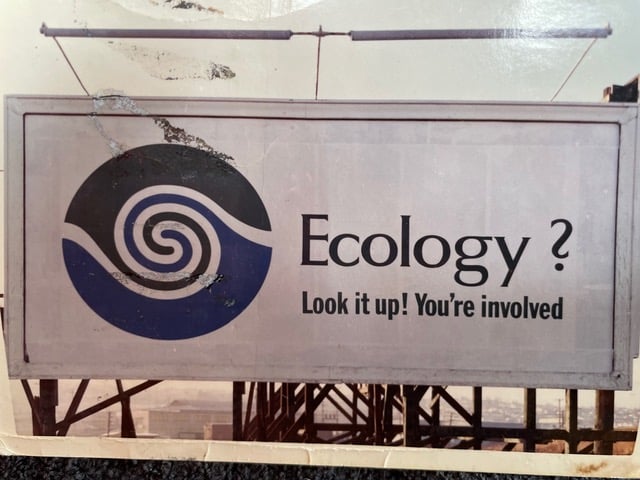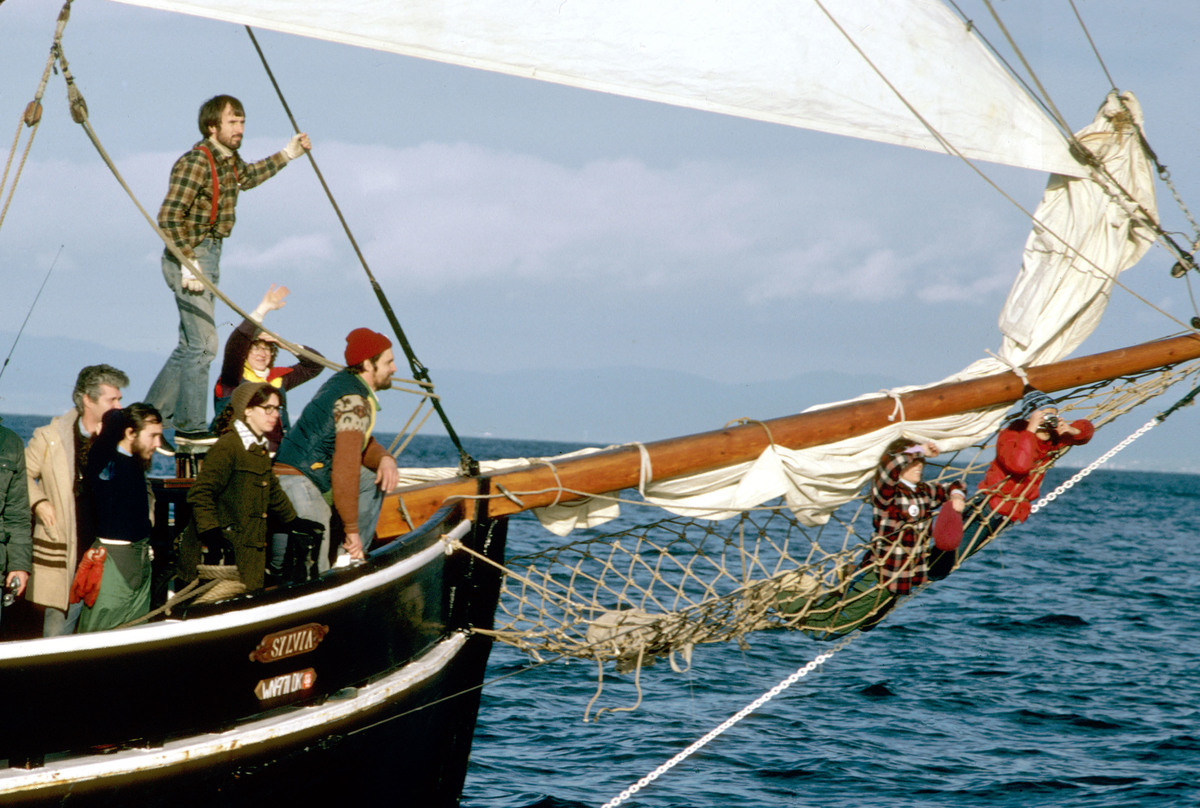Since the birth of our organisation – 50 years ago this month – creative activism has been at the heart of the Greenpeace mission, using the power of art and creativity to inspire action and share the vision of the world we want to see.
Arguably, the first example of Greenpeace using art in our campaigning was a simple one – painting the sails of an old fishing vessel, the Phyllis Cormack, with the Peace and Ecology Symbols, with our freshly-minted name – ‘Greenpeace’ – sandwiched in-between.
This was the first ever Greenpeace voyage, sailing out into the North Pacific to try and halt U.S. government nuclear testing on the remote island of Amchitka. The US detonated the bomb before the Greenpeace ship was able to reach Amchitka Island, but the voyage created such an uproar in Canada, the US, and in Europe, that the US cancelled all future nuclear tests in Alaska.

Art and activism for social and environmental change
Over the years art, activism and creative confrontations have formed an integral part of Greenpeace’s work. Artists from creative communities all over the globe have lent their skills to the cause, creating inspired ideas and artworks and co-creating images, words and action with us.
From the musicians who donated tracks for the Breakthrough album in 1989 to raise funds for the first Greenpeace Office in Moscow, to the designers and illustrators entering competitions to subvert Oil giants’ logos, to volunteer artists creating artworks with dead birds and oil spills, to the next generation of electronic music producers using Greenpeace audio recordings to create nature-inspired tracks, our history of working with artists across many disciplines is rich and varied.
As an organisation, Greenpeace has always been out on the streets – engaged in many forms of creative protest, as part of a wider movement (one of the best parts of mass protest is checking the outpouring of creativity that appears on the placards) or taking direct action against polluting companies using our own giant props or paintings, or creating breathtaking murals.
Greenpeace Switzerland & the Artivism of Harald Naegali
In Switzerland, a local artist named Harald Naegeli would take a can or two with him in the evenings whilst out walking his dog. From 1977-1979 he sprayed nearly 2000 stick-like figures all over Zürich which were adored by locals but loathed by the authorities.
One evening, returning to the scene of one of his paintings, police were waiting to arrest him. Harald fled to Rome, France and later Germany, where he found support in Düsseldorf from Joseph Beuys and other artists. in Germany Harald continued his successful art career, as well as continuing to produce street art. In 1984, he voluntarily surrendered himself to Basel border guards in Switzerland, was fined 200,000CHF, and served 6 months in jail.
After his release Harald returned to Germany, where he lived and worked for the next three decades until he returned home in 2020 to be close to family and friends.
After being awarded the prestigious City of Zurich Art Prize in 2020, he approached Greenpeace to donate some of the prize money, this conversation evolved into Harald very graciously donating 50 original drawings for auction as part of our 50th celebrations.
This generosity and Harald’s long history as an art rebel and supporter of the environmental movement was the impetus which inspired the Hope through Action mural project, and we were delighted and honoured that Harald came along and added one of his iconic figures to the Queen Kong mural which now sits nine stories above the rooftops of Zürich.
The Hope through Action ‘GreenPieces’ global mural project is the latest example of using the power of community and street art to inspire people to take action.
We want anyone who sees one of these murals in any of the 12 global cities where they’ll be created, to be inspired and get involved in the movement. There are many ways to do this – sign an online petition, write a letter to your local government, or even pick up a paintbrush, paint a protest placard and join us in the streets.
As this project continues to roll out with incredible pieces of art from around the globe, check back here for regular live updates!
With 💚, 🎨 and ☮️ from Zürich, 🇨🇭
Pol Sifter
Pol Sifter is an artist and Art Consultant with Greenpeace Switzerland



